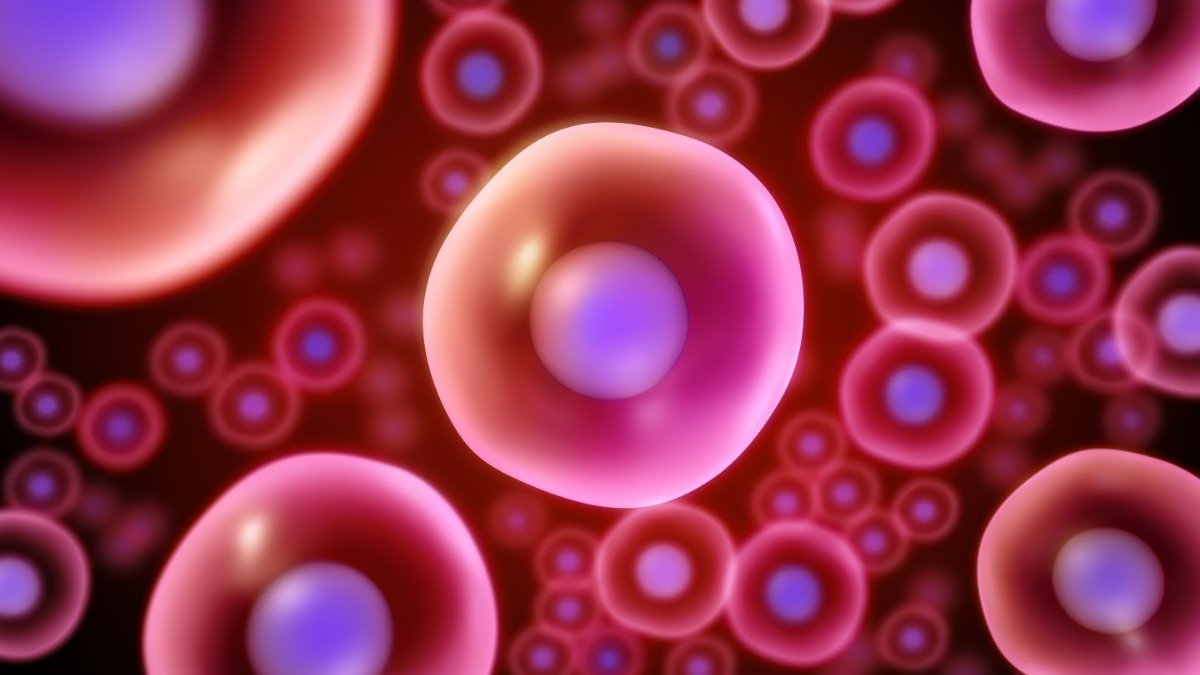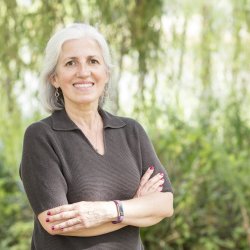Human cells’ emergency response could lead to better cancer treatment, research finds
The communications line between two critical parts of a human cell could be the key to cell survival under stress – a discovery that could deepen our understanding of various cancers, according to new research from the University of Surrey.

The research found that when a cell is under stress, the presence of a critical enzyme, known as AAG*, is important in making sure different stress response pathways communicate correctly.
Dr Lisiane Meira, Lecturer of DNA Damage and Ageing in the Department of Clinical and Experimental Medicine (DCEM) at the University of Surrey, explains more:
"Our cells are constantly under stress, and they respond to this by activating pathways aimed at repairing damage. It is the body's way of calling 999 and dealing with emergencies. These stress responses are coordinated from distinct parts of the cell: the nucleus and the endoplasmic reticulum (ER).
"We found that cells used an enzyme called AAG (Alkyladenine DNA glycosylase) not only to repair DNA damage but also to trigger stress responses that normally start in the ER. We also found that the DNA repair activity of AAG was not needed to activate this ER stress response, the presence of the protein, even if defective, was enough."
The researchers believe that this new line of nucleus-ER communication is critical for cellular responses to alkylating agents, a class of drugs commonly used in cancer chemotherapy and found in environmental pollutants, such as cigarette smoke and fuel combustion products.
In the study, researchers created cells that lack AAG and reintroduced the enzyme to study how the cell functions - particularly when alkylating agents are damaging it.
Dr Meira continues:
"What is exciting about this project is its pharmacological possibilities - it could offer up a step-change in how we view and treat certain cancers. Our team will now be conducting a deep dive into the mechanisms surrounding AAG and ER stress responses. What are the signals? Does it involve protein movement, or are other proteins in unknown cell locations also involved in the process?”
The research, which has been published by the Proceedings of the National Academy of Sciences USA (PNAS), was conducted in collaboration with St. George's University of London in the UK, and research groups in Brazil, Canada, and United States.
Read the full study here.
Notes to editor
*Alkyladenine DNA Glycosylase.
Dr Lisiane Meira is available for interview upon request.
Contact the University of Surrey's Media Team via mediarelations@surrey.ac.uk
Media Contacts
External Communications and PR team
Phone: +44 (0)1483 684380 / 688914 / 684378
Email: mediarelations@surrey.ac.uk
Out of hours: +44 (0)7773 479911
